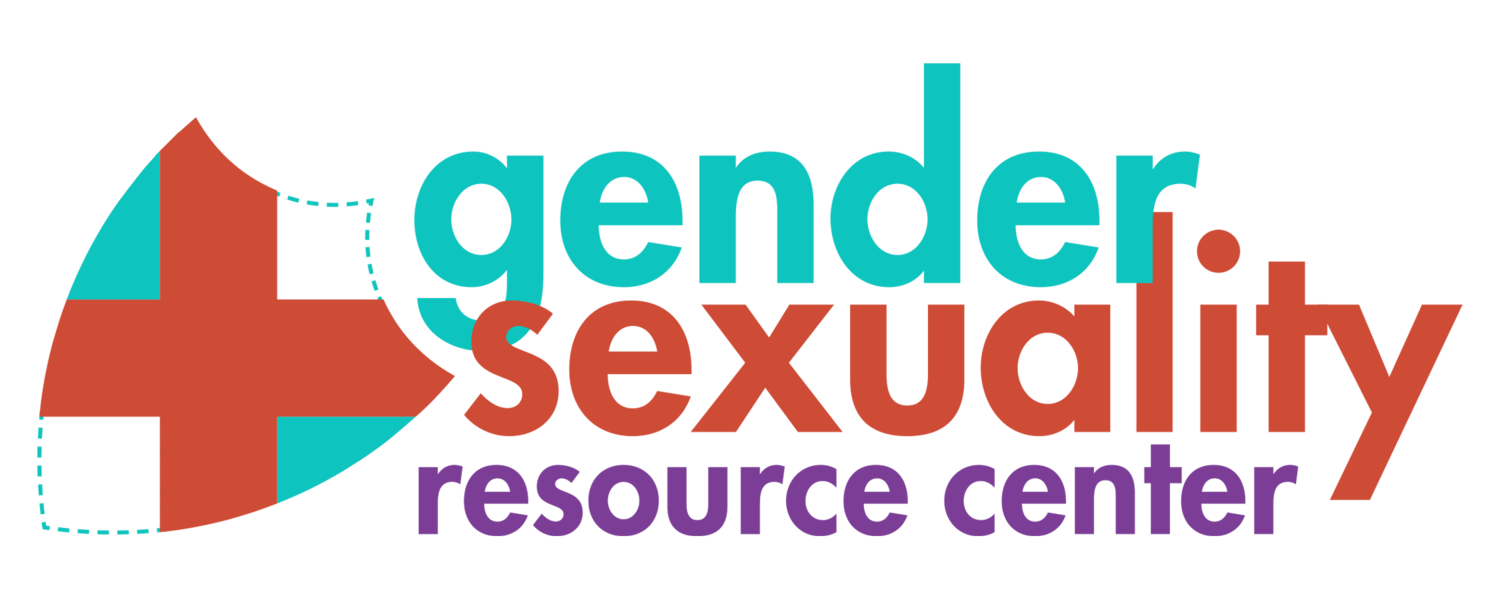LGBTQIA+ 101
LGBTQIA+ is an acronym that brings together many different gender and sexual identities that often face marginalization across society. The acronym stands for lesbian, gay, bisexual, transgender, queer, questioning, intersex, asexual, and the + holds space for the expanding and new understanding of different parts of the very diverse gender and sexual identities.
At the Princeton Gender + Sexuality Resource Center, we use LGBTQIA+ to be inclusive recognizing that it may not be and continues to be expanded upon.
Question: “I have seen many variations, including LGBT, LGBTQ, LGBTQ2 – which one is correct?”
The correct answer is to use the acronym identified with the community – trying to be most inclusive with the understanding that the understanding, terms, and identities related to these communities are not monolithic.
They may be regionally specific, i.e. within the Canadian Government, they use the acronym LGBTQ2, with the “2” standing for Two-spirit (two-spirit is a term used by some indigenous communities to represent gender and sexual diversity, often regarded throughout the tribal history as different figures within the community, you can learn more here)
It is important to update when needed and requested by the community at large.
Question: “Are there other identities that aren’t represented by the acronym?”
Yes! There are many ways that people can identify and are vital to the community. Identities like pansexual, agender, demisexual, and many others can and do represent members of the broader gender and sexually diverse communities. Please use our split attraction model guide for understanding of how attraction can be identified as romantic and/or sexual
For a broader understanding of some of the terms used within the community, please use this guide hosted by Texas Tech’s LGBTQIA Offices and created by staff at the University of California. This guide has many terms that often shift and grow in definition; and also can mean other things to people who identify that way – so it is important to engage any terminology list defining the queer community as something that is everchanging and dependent on the person identifying that way.
Exercise to do at home: Practice saying the acronym out loud – it is important to get comfortable with its usage. Use different variations too, i.e. LGBT, LGBTQ, LGBTQ+, LGBTQIA, and others. Keep learning on what each of the letters mean and get comfortable with saying them!
Homework: Engage with some queer centered history and culture books, such as “A Queer History of the United States” by Micheal Bronski, “Transgender History” by Susan Stryker, “Queer Intentions: A (Personal) Journey Through LGBTQ+ Culture” by Amelia Abraham, “The Queens English” by Chloe Davis, and “Redefining Realness” by Janet Mock
If you have any questions about this guide, or would have edits, please email gsrc@princeton.edu
